Encor Rabbit Polyclonal to GFAP
Glial Fibrillary Acidic Protein (GFAP) was discovered by Amico Bignami and coworkers as a major fibrous protein of multiple sclerosis plaques (1). It was subsequently found to be a member of the 10nm or intermediate filament protein family, specifically the intermediate filament protein family Class III, which also includes peripherin, desmin and vimentin.
The GFAP protein runs on gels at ~55 kDa protein, usually associated with lower molecule weight bands which are thought to be proteolytic fragments and alternate transcripts from the single gene. GFAP is strongly and specifically expressed in astrocytes and certain other astroglia in the central nervous system, in satellite cells in peripheral ganglia, and in non-myelinating Schwann cells in peripheral nerves. In many damage and disease states, GFAP expression is heavily upregulated in astrocytes. In addition neural stem cells frequently strongly express GFAP. Antibodies to GFAP are therefore very useful as markers of astrocytic cells and neural stem cells. In addition many types of brain tumor, presumably derived from astrocytic cells, heavily express GFAP. Finally, Alexander’s disease was recently shown to be caused by point mutations in protein coding region of the GFAP gene (2). All forms of Alexander disease are characterized by the presence of Rosenthal fibers, which are GFAP containing cytoplasmic inclusions found in astrocytes. The HGNC name for this protein is GFAP.
The initial challenge was performed with a preparation of recombinant GFAP expressed in bacteria and highly purified. Subsequent boosts were performed with GFAP purified from a Triton X-100 extract of myelin associated material from bovine spinal cord, following an “axonal flotation” procedure (3). The GFAP was further purified by centrifugation and ion exchange chromatography in 6M urea on DEAE cellulose. This antibody is provided as crude serum and has an extremely high titer (see recommended use).
HGNC name(s) : GFAP
Host : Rabbit
Clonality : Polyclonal
ID : EnCor Biotechnology Glial Fibrillary Acidic Protein,GFAP GFAP
Reactivity : Human | Horse | Cow | Pig | Chicken | Rat | Mouse
Isotype : IgG
Conjugation : none
Immunogen : Bovine GFAP
Mass of detected protein : 50 kDa
Uniprot ID : P14136
KGNC name : GFAP
RRID # : AB_2572310
Purification : Serum
Storage : Shipped on ice. Store at 4°C. For long term storage, leave frozen at -20°C. Avoid freeze / thaw cycles.
Validated applications : WB | IF/ICC | IHC
Suggested Dilutions:
WB: 1:5 000
IF/ICC and IHC 1:1 000-1,5 000
References :
1. Bignami A, Eng LF, Dahl D, Uyeda CT. Localization of the glial fibrillary acidic protein in astrocytes by immunofluorescence. Brain Res. 43:429-35 1972.
2. Brenner M, Johnson AB, Boespflug-Tanguy O, Rodriguez D, Goldman JE and Messing A. Mutations in GFAP, encoding glial fibrillary acidic protein, are associated with Alexander disease. Nat Genet 27:117-20 2001
3. Liem RKH, Yen SH, Salomon GD and Shelanski ML. Intermediate filaments in nervous tissues. J Cell Biol 79:637-745 (1978).
Additional information
| Format | 50 ul, 100 ul, 500 ul |
|---|---|
| Supplier | |
| Host | Rabbit |
| Clonality | Polyclonal |
| Reactivity | Chicken, Cow, Horse, Human, Mouse, Pig, Rat |
| Validated Applications | WB, IHC, IF/ICC |
| Conjugation | None |
| Isotype | IgG |
Ask a question about Glial Fibrillary Acidic Protein, GFAP Antibody – RPCA-GFAP
You must be logged in to post a review.

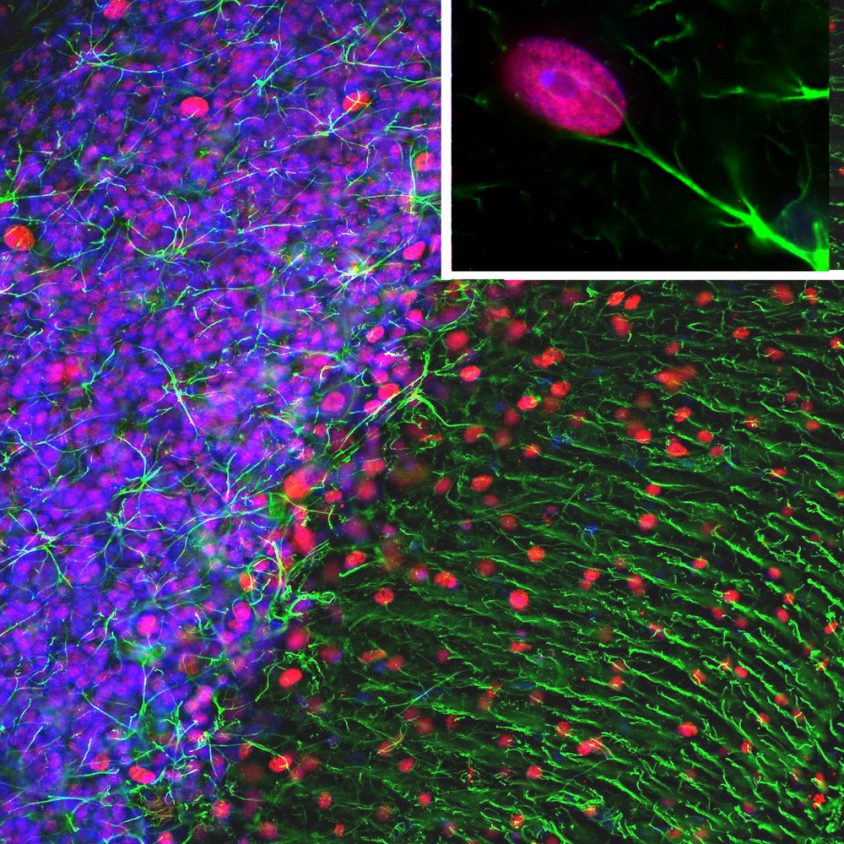
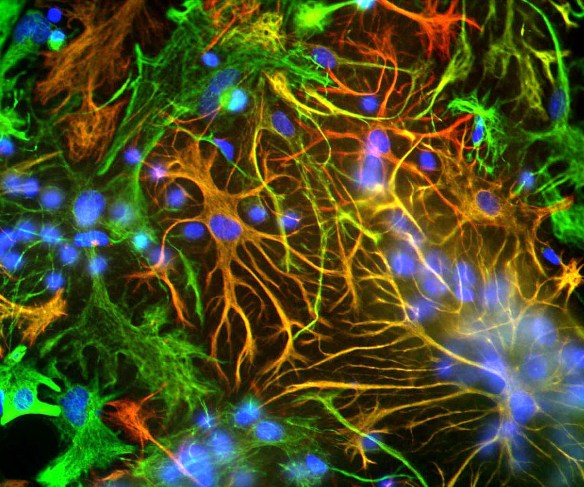
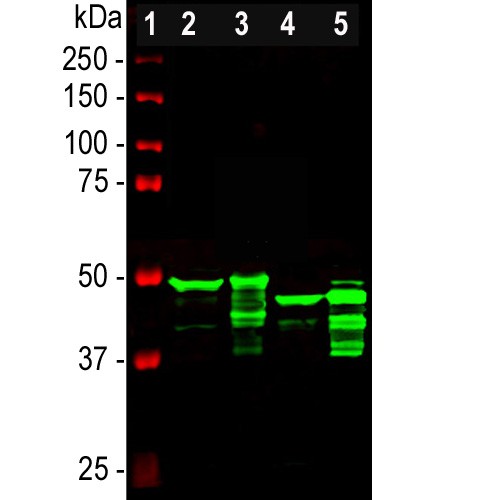

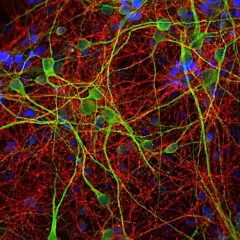
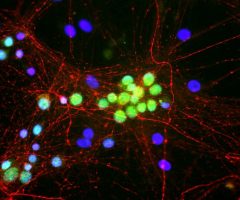
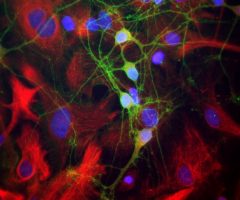
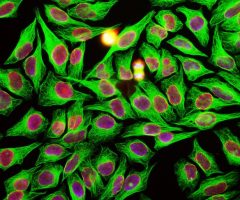
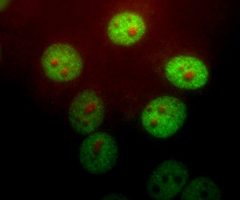
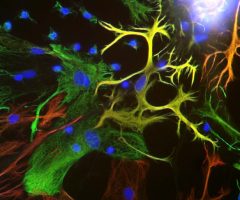
Reviews